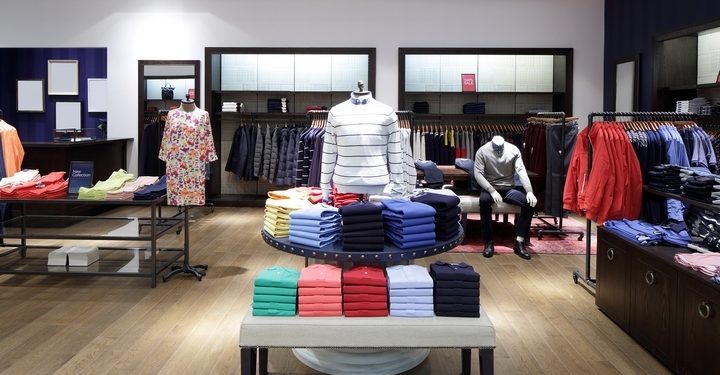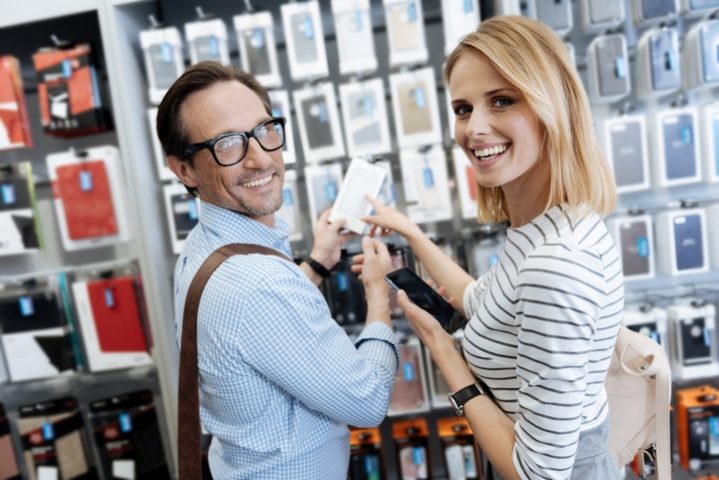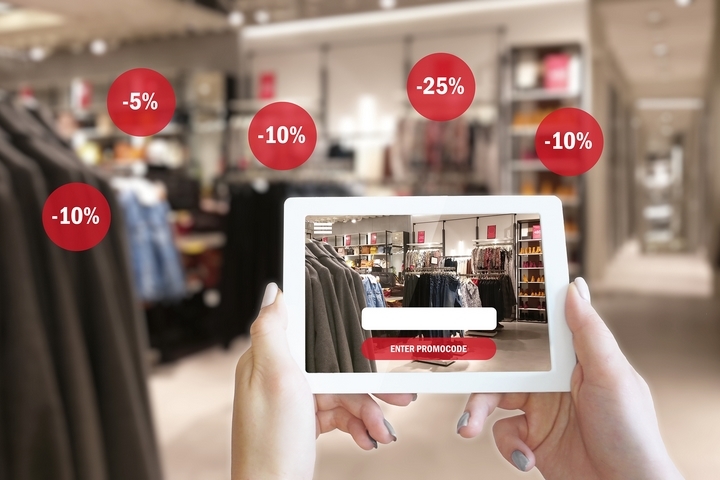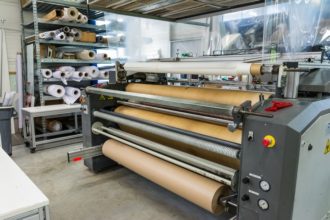9 New Retail Industry Trends in the Upcoming Years

The retail industry trends are transforming. This has been the case for a long time. Technology is disrupting how we browse, shop, and buy. It is incredible when you consider what has happened in just the last 20 years, from going into a physical store to shopping online to same-day shipping.
It will only get better from here on out. Why? All of the retail industry trends circle back to one thing: Technology.
With so many different options for retail displays and marketing banner stands, it’s difficult to keep track of the newest retail industry trends that have emerged. Here are nine retail industry trends that you will find in Newmarket Mall and other shopping centres:
1. Piggyback Prime Ribs

Amazon Prime Day is one of the busiest and lucrative online shopping days of the year. Some experts say that it is even bigger than Black Friday and Cyber Monday. The company, which is celebrating its 25th anniversary, made headlines for selling its FireTV Stick for half the price. That was an incredible deal.
But other retailers – digital and brick-and-mortar – are piggybacking off of Prime Day. Whether it is directly mentioning Amazon’s special event or offering special deals on the same day, a growing number of companies are using the success and traffic of Prime Day to their advantage.
2. Faster Shipping Times

Let’s be honest: In the early days of the Internet, we were amazed that we could get a package in a week. Fast forward to the present, and if it takes longer than two business days, then we start losing our shirts. Heck, by the time Amazon’s same-day shipping becomes the norm, consumers are going to want to demand items even before they purchase them.
Overall, the entire retail landscape is doing its best to boost shipping times, using all sorts of features and perks to make it happen.
3. It’s All About Politics, Stupid

Back in the day, it was smart for a brand to be apolitical. Businesses did not want to alienate half of their consumer base. This has gradually changed in recent years, so much so that brands are required to give their opinions on issues of the day.
Whether this is a smart move or not can be debated, but this has been one of the more prevalent developments in the retail industry.
For a short period of time – a blink of an eye because it was so unpopular – you couldn’t walk into a Starbucks to buy a cup of coffee without a lecture on race relations. Do you like Nike shoes? Well, now you know where the company stands on some of the most contentious subjects of our time. Politics is everywhere and you can’t escape it!
4. Catching a Popup

Popup stores are all the craze for brands that have transitioned to the online world but still want to have a physical presence. Lately, these stores are not just about selling products. It is about giving you an experience you will never forget.
Samsung, for instance, made headlines when it launched a $43 million popup store that did not sell any products. What did it do? It simply showed off its gadgets and highlighted the rise of augmented reality (see below), virtual reality, and the continued innovations in mobile technology.
When it comes to retail industry trends, that is the one thing that all analysts say is important: focusing on making memories, not sales.
5. Monthly Subscriptions

Businesses are adopting the Netflix model: $10 a month for unlimited content. Instead, retailers are offering a monthly subscription to get access to insider deals, special promotions, steep discounts, and anything that is special to subscribers and not the general public.
While we might first scoff at the notion of spending money to spend even more money, a lot of companies are making it worth it because the savings outweigh the monthly fee. Indeed, it makes sense if you’re an ardent shopper at Costco or President’s Choice stores, but if you go once or twice a year, then it isn’t worth it.
6. Visual Search

One of the more convenient and powerful retail tools for consumers is visual search.
This is a function that allows shoppers to locate and purchase a product by taking a picture. All you do is snap a photo, upload the image, and then the software identifies the product(s) across various websites. What makes this great is that you don’t need to navigate endlessly across the world wide web to locate a shirt, a pair of shoes, or a bag that you have fallen in love with.
It should be noted that visual search is still in its infancy stage, so one can only imagine how these retail industry trends will develop in the next several years.
7. Augmented Reality

Everyone keeps talking about virtual reality, but augmented reality might be the one that becomes ultra-successful. Augmented reality is the way of the future because makes life an interactive experience rather than substituting it entirely. So, why is this important for retailers?
Well, the retail industry is beginning to take advantage of AR and unlock its capabilities.
So, for instance, Ikea is creating an ARP app that can insert 3D models of its furniture in the user’s home. Every piece of furniture can be resized, revamped, and relocated to fit a room’s dimensions and designs.
This is a useful and innovative tool.
8. The Internet of Things (IoT)

You have heard of the Internet of Things, or IoT, but you might not know what it is. This essentially that connects everyday objects to the Internet. It will inevitably become an important tool for retailers. But how? Let’s take a look at the myriad of ways:
- Customer relationship management, or CRM
- Smart signage
- Shopping mapping
- Smart shelves with a Radio Frequency Identification (RFID)
If the brick-and-mortar store survives, then it will be because of IoT.
9. Cognitive Computing

Cognitive computing is when machine learning systems will utilize data mining to locate patterns that mirror how our brains operate. While not dominating at the moment, it is still being used to generate insights into mobile payments and take advantage of weather patterns to sell related items.
Do you think this is out of the realm of possibility? Consider a recent IBM Institute for Business Value report: 91% of retail executives think it will play a huge role in their companies and 94% plan on investing in the technology.
Thousands of physical retail outlets are shutting down every year. Shopping malls are turning into apocalyptic zombie wastelands. Shoppers are going online for all their buying needs. The retail industry has been turned upside down because of technology – and this will be the norm for many years to come. Even your mom and pop shop will survive if they adapt to changing market conditions.


